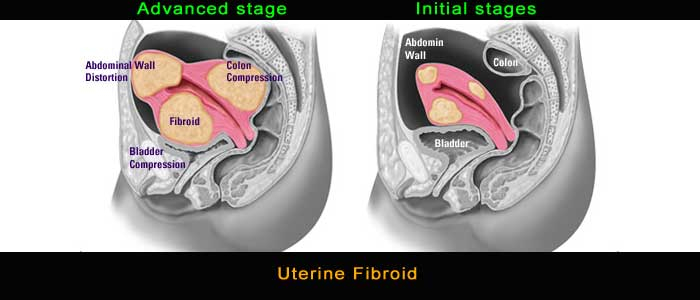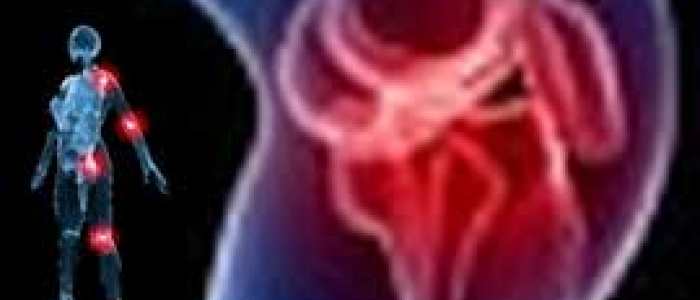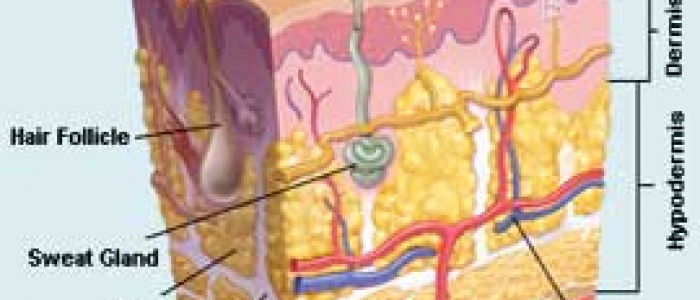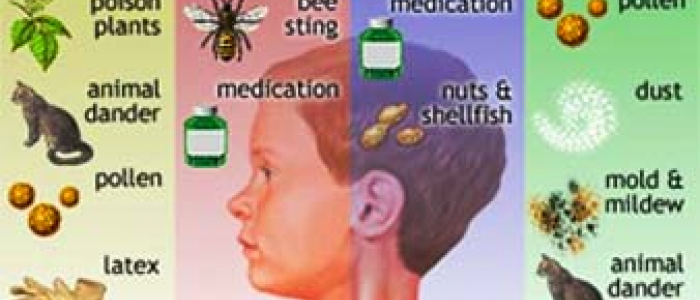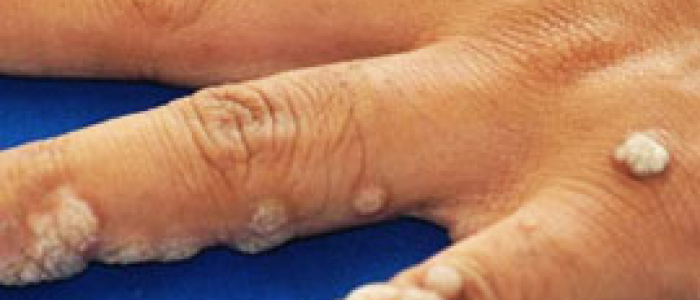
The word "arthritis" means "joint inflammation." Inflammation is one of the body's natural reactions to disease or injury, and includes swelling, pain, and stiffness. Inflammation that lasts for a very long time or recurs, as in arthritis, can lead to tissue damage.
A joint is where two or more bones come together, such as the hip or knee. The bones of a joint are covered with a smooth, spongy material called cartilage, which cushions the bones and allows the joint to move without pain. The joint is lined by a thin film of tissue called the synovium. The synovium's lining produces a slippery fluid called synovial fluid that nourishes the joint and helps reduce friction. Strong bands of tissue, called ligaments, connect the bones and help keep the joint stable. Muscles and tendons also support the joints and enable you to move.With arthritis, an area in or around a joint becomes inflamed, causing pain, stiffness and, sometimes, difficulty moving. Some types of arthritis also affect other parts of the body, such as the skin and internal organs.
Types of Arthritis
There are more than 100 different types of arthritis. Some of the more common types include:
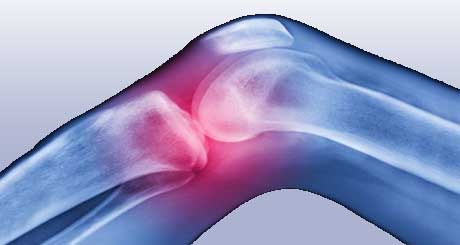
Osteoarthritis
This is the most common type of arthritis. It occurs when the cartilage covering the end of the bones gradually wears away. Without the protection of the cartilage, the bones begin to rub against each other and the resulting friction leads to pain and swelling. Osteoarthritis can occur in any joint, but most often affects the hands and weight-bearing joints such as the knee, hip and facet joints (in the spine). Osteoarthritis often occurs as the cartilage breaks down, or degenerates, with age or overuse. For this reason, osteoarthritis is sometimes called degenerative joint disease.
Rheumatoid arthritis
Rheumatoid arthritis is a long-lasting disease that can affect joints in any part of the body except the lower back and most commonly involves the hands, wrists, knees, and feet. With rheumatoid arthritis, the immune system -- the body's defense system against disease -- mistakenly attacks itself and causes the joint lining to swell. The inflammation then spreads to the surrounding tissues, and can eventually damage cartilage and bone. In more severe cases, rheumatoid arthritis can affect other areas of the body, such as the skin, eyes, lungs, and nerves.
Gout
Gout is a painful condition that occurs when the body cannot eliminate a natural substance called uric acid. The excess uric acid forms needle-like crystals in the joints that cause intense inflammation. Gout most often affects the big toe, knee, and wrist joints.
What Are the Symptoms of Arthritis?
Different types of arthritis have different symptoms and the symptoms vary in severity from person to person. Osteoarthritis does not generally cause any symptoms outside the joint. Symptoms of other types of arthritis may include fatigue, fever, a rash, and the signs of joint inflammation, including:
- Pain
- Swelling
- Stiffness
- Tenderness
- Redness
- Warmth
See also the FAQ section for more information about arthritis



